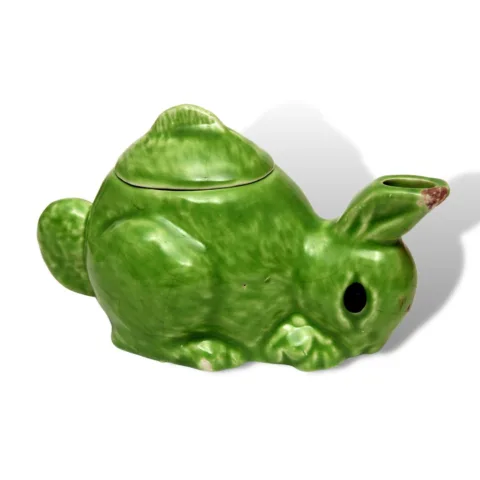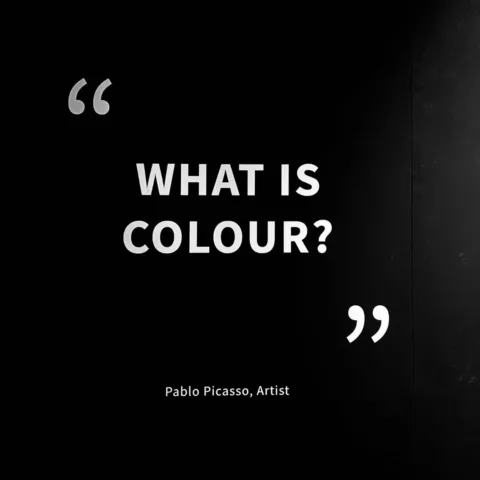The Bowes Museum Blog

Reconstructing an 18th Century Dessert
Some of the fun of working in a museum, and especially a collection of ceramics, is working out how things were used over two hundred years ago. You soon find you are dealing with quite a limited range of ‘types’, some of which are familiar to use today – teacups, coffee pots, jugs and dinner plates – but what do you make of the plates painted with flowers or fruit, or the delicate baskets that reproduce the weave of willow in porcelain or pottery? Today we regard them as ‘antiques’, and put them in the china cabinet or as decorative items on the sideboard, but that can hardly have been their first function. Above all, why are there so many ‘shaped’ plates with different edges, when the food will always taste the same on them?
Much of the research I have been doing over the years – especially as a Leverhulme Research Fellow in St. Andrews in the 1980s – has been devoted to the study of how people had dinner and other meals. This was not the original intention of the Research Fellowship, which was meant to be devoted to the decoration of porcelain, but I soon found you could not divorce form and decoration from function, and you had to consider how tables were laid out in the 18th century. Firstly, remember that dinner was the main meal of the day [there was no lunch] and held in the late afternoon. Contemporary cookery books suggests a range of hot foods were already laid out in the table as you entered the room, in a symmetrical pattern of shaped plates and dishes with a large tureen at either end. The diners worked their way through this and a subsequent course, and then came the laying out of the dessert, which is where the fun starts.
Dessert in the 18th century was specifically a separate meal of fruit and sweet things taken after dinner with a separate dessert service of porcelain, possibly laid out even in another room. It was meant to have a garden theme, and many of the plates and dishes were painted with flowers or fruit. In the 18th century, it was fashionable to decorate the table to create an artificial garden on the table with figures of sugar paste or [later] porcelain, and this accounts for the survival of the numerous figures of shepherds, cupids etc that we see in museums. As the century wore on, desserts got more ‘serious’ and began to include small figures of classical statues, while the name of the plant was painted on the back of the plate. I wonder if it was all right to pick up your plate to identify the plant? I cannot think why not, though nowadays it would seem extremely rude. You helped yourself to wine and wafers, some fruits, some candied or sugar fruit [often moulded in the form of the actual fruit itself!] and generally a kind of party of sweet things with sweet wine, causing much merriment, before you had some tea or coffee in the drawing room to sober up.
Here at The Bowes Museum we are fortunate in having a range of dessert wares that were probably bought by Mrs. Bowes in London in the 1750s and 60s. They came to John Bowes, founder of The Bowes Museum, from his cousin Susan Davidson, and probably descended down the female line. We thus – unlike other public museums – have sets of plates, figures and dessert dishes [some in the form of leaves] that we can lay out, just as the pastry cook would have laid them out in the 18th century. See the illustration below for something we have tried out in store before setting it in our new ceramics galleries due to open in the Summer. What they lack is of course the fruit and sweets, which would have added an extra decorative layer to the delicate porcelain.

A ‘trial’ dessert setting from The Bowes Museum stores, featuring Chelsea botanical plates, Worcester leaf dessert dishes & Derby figures of Cupids
We are also fortunate in having been able to use the services and skills of food historian Ivan Day, who lives just across the border from us in Cumbria. He has a ‘complementary’ knowledge to my knowledge of ceramics [in truth he is extremely knowledgeable on this subject as well] and we have collaborated two or three times in creating dinner or dessert displays that give an authentic idea of what the diners saw when they went into the dining room. The Art Fund supported us in 2002 to buy some 18th century sugar moulds for our exhibition ‘Royal Sugar Sculpture’, a subject that had not been approached by museums before. See his web-site www.historicfood.com for an amazing selection of 18th century recipes and food which bring to life the nearly lost art of 18th century dining.
By Dr Howard Coutts, Curator of Ceramics








